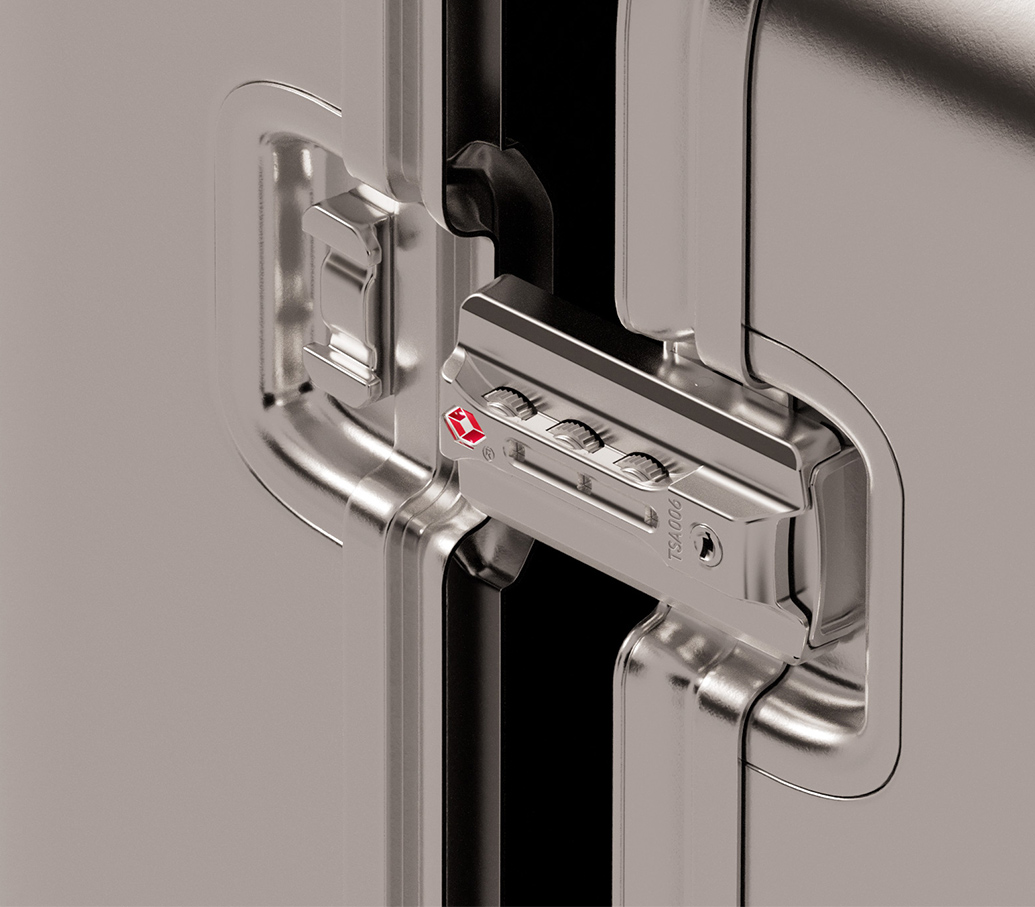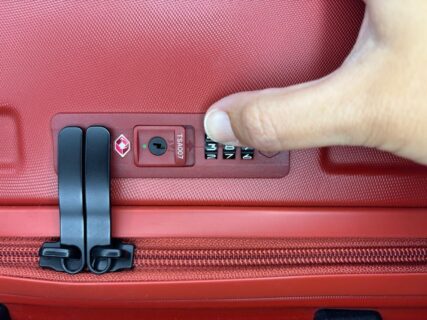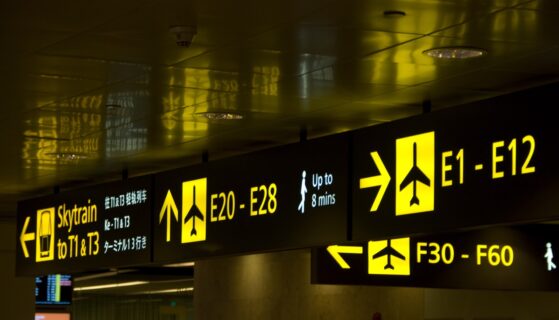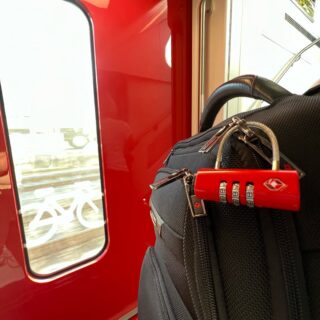A few words from our founder
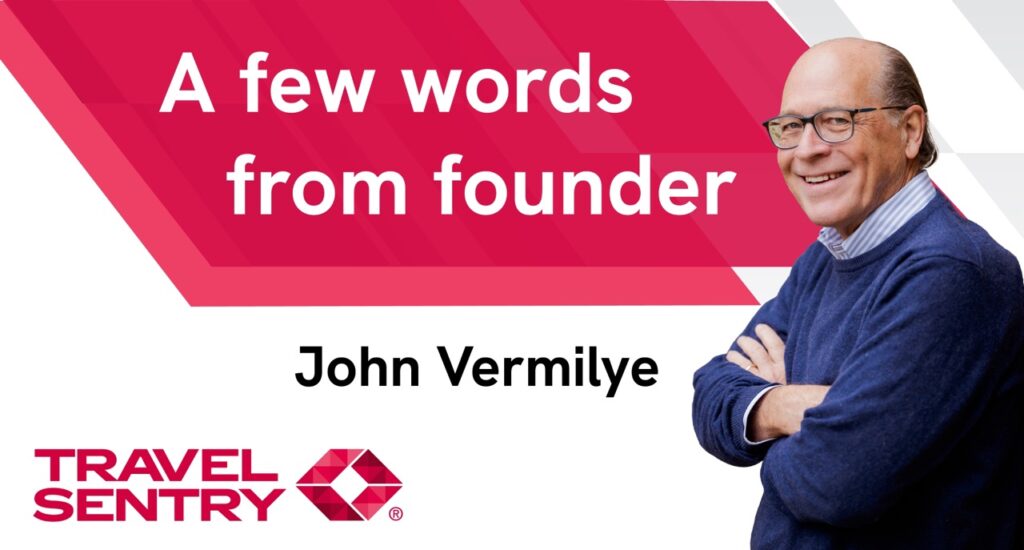
By now you probably have noticed the red diamond logos on luggage locks. You know, the TSA locks. Did you ever wonder why they are there and how they came about? Well, I’m the person behind all of this and I’m going to give you the (brief) history, but more importantly WHY we do what we do at Travel Sentry.
THE WHAT
Since forever, customs agents have had the right to go into our luggage, locked or not locked. They even have the right to just break them open if they want to. After 9/11, the US Congress passed the legislation to create the Transportation Security Administration. One of the important changes this brought to travel was the requirement to screen 100% of checked luggage starting January 1, 2003. Since this means often opening luggage for inspection this also created the issue of leaving bags unlocked or having these broken open.
At the time, I was an advisor to the US Government because of my airline industry background and specifically my experience with baggage security. It was obvious that being able to open checked luggage for inspection was “key”. The problem was that there were hundreds of different luggage keys and that did not even consider combination locks which use no key. The answer was a system of master keys, solving a difficult problem.
Because the TSA let everyone know they should not lock their bags and that they would cut-off or break open locks if they needed to, this got the attention of the luggage companies. It was at a meeting between the luggage companies and the TSA that the WHAT was needed was clear, but HOW to make this happen?
THE HOW
Prior to going to Washington to help set up the TSA, I had a senior position in IATA, the International Air Transport Association. IATA exists to establish common standards that make the industry more efficient and this is accomplished through collaboration.
I was asked by the travel goods industry to use this experience to create the standards necessary for them to make locks that the TSA and Customs, could open without breaking.
Getting this done meant listening to the major luggage and lock brands, the manufacturers and, of course, the TSA to be sure what was developed would work for them. It did not take long to learn the basics of lock design and manufacturing. On November 12, 2003 the first Travel Sentry Approved (TSA) locks were on sale and all 452 TSA airports had the master keys.
THE WHY
In simple terms, the start of Travel Sentry happened because there was a problem shared by many. The TSA needed to open bags without breaking them open. The airlines needed to be sure baggage could be inspected quickly without delay or damage. The luggage companies no longer had locks on their products that made sense. And for the travelers the fact was that, before the TSA edict to not lock bags, well over half of checked bags were locked.
Travel Sentry did not get into the business of making or selling locks. What it did was use its central neutral position in the middle of the TSA, the travel goods industry, the lock and luggage manufacturers and most importantly, the travelling public. Travel Sentry did two important things:
- It set the technical standards for the TSA Lock.
- It also set-up a system of testing, inspection and certification of all new travel locks so that the TSA would know that they would work with their passkey sets.
Travel Sentry also designed and manufactured the passkeys sets needed in those 452 airports. These were provided to the TSA at no cost. This was possible because for each lock, there was a small royalty payment. It is this that has enabled the Travel Sentry system to expand way beyond the TSA. It is now used in over 75 countries, and, like the TSA, this is provided “pro bono” or at no cost to the Security and Customs agencies.
Over half of all passengers travelling today go through an airport supported by the Travel Sentry Approved TSA Lock system.
What this means is that we solved a multi-stakeholder problem and help make travel safer and simply smarter. And there is so much more to come!
